A healthcare associated infection occurs at the beginning or end of a patient’s care (diagnostic, therapeutic, palliative, preventive, educational, surgical) performed by a healthcare professional, whether in a health care institution, a medico-social institution or at the patient’s home.
These infections may be directly related to care (for example, during an invasive procedure) or may occur during hospitalization, during the stay, independently of any medical procedure (in case of an epidemic episode). When the patient’s infectious state on admission is unknown, the infection is classically considered an HAI if it appears after 48 hours of hospitalization.2




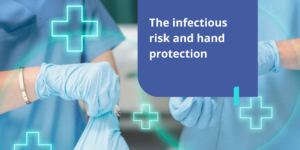
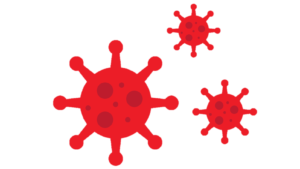





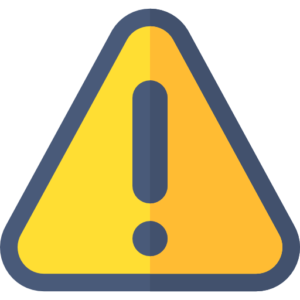
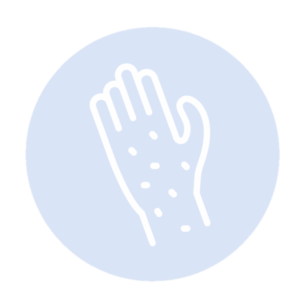 Allergic risks
Allergic risks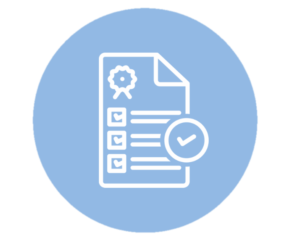 Reactions to gloves
Reactions to gloves